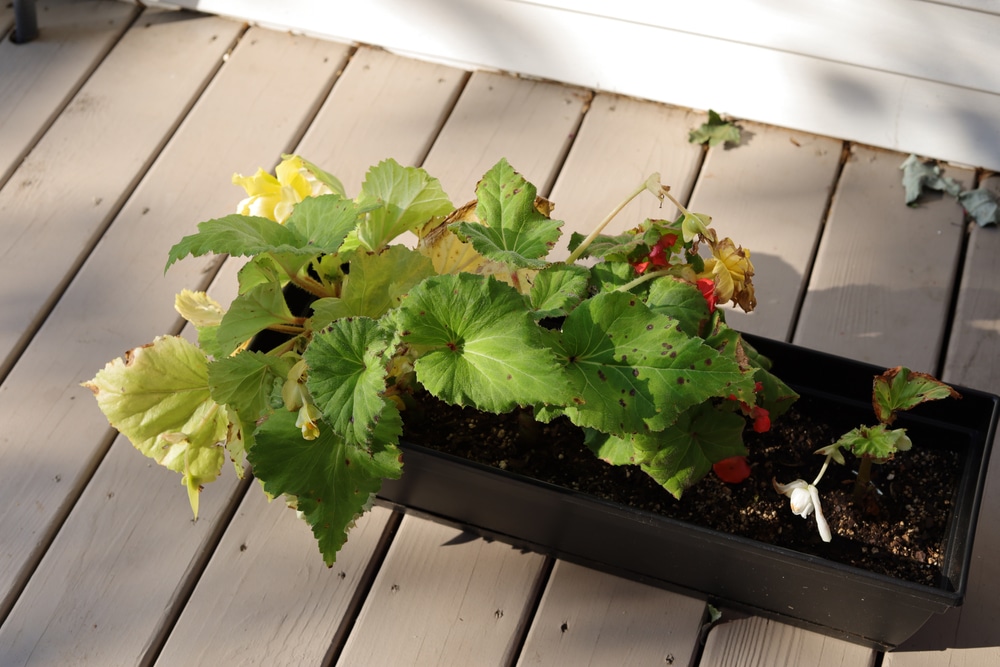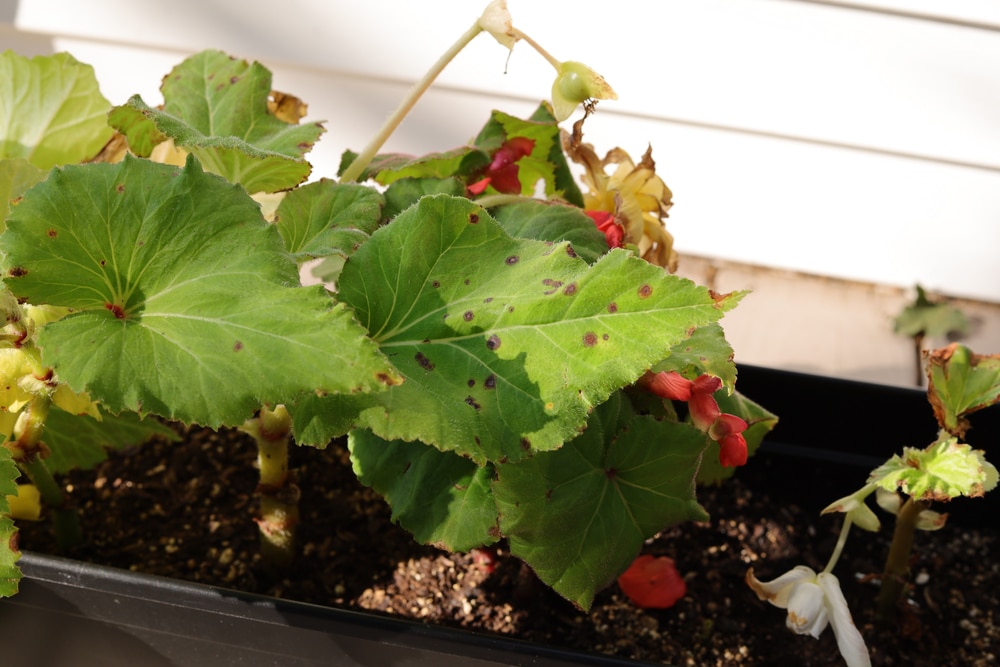For generations, begonias have been prized for their glossy leaves, beguiling blooms, and easy-care nature. Not only are they available in a range of colors, but their size and shape make them perfect for any garden.
For some flowers, deadheading is an important step to take if you want them to keep blooming. But what about begonias? Do they require deadheading? This article will talk about everything you need to know about deadheading begonias.
Deadheading Begonias: Is it Necessary?
Deadheading is the process of removing dead or dying flowers from a plant. For many gardeners, this is an essential part of plant care. Not only does it improve the plant’s appearance, but it can also encourage new growth and extend the blooming season.
For some plants, deadheading is an essential process that shouldn’t be skipped. This is especially true for annuals, which only bloom for a single season. By deadheading these plants, you can encourage them to produce new flowers and keep their blooms going strong.
However, begonias are a bit different. These plants are actually perennials, which means they bloom year after year. As a result, deadheading isn’t necessary to keep them blooming. Hardy in zones six to eleven, these vibrant blooms are a welcome addition to any garden.
Benefits of Deadheading Begonias
While deadheading isn’t necessary for begonias, there are still some benefits to doing it. Here are some reasons why:
Improves the Plant’s Overall Appearance
As any gardener knows, the overall appearance of a plant is important. Not only does it make the plant more attractive, but it can also help to improve its health.
Deadheading is one way to achieve this. Deadheading involves removing spent flower blooms and seed pods from the plant. This helps encourage new growth and prevents the plant from wasting energy on producing seeds.
It can also help prevent the spread of disease, as diseased tissue is removed along with the dead blooms. As a result, deadheading begonias can help to improve their overall appearance.
Prevents the Plant from Spreading
Another benefit of deadheading is that it can prevent the plant from spreading. Begonias are notoriously vigorous growers, and they can quickly take over a garden bed if left unchecked. While there’s nothing wrong with this, some gardeners prefer to keep their begonias under control.
Deadheading is one way to do this. By removing the flowers and seed pods, you can help prevent the plant from spreading its seeds. This helps to keep begonias in check and prevents them from taking over your garden.
Extends the Blooming Season
Finally, deadheading can help to extend the blooming season. Begonias are known for their long-lasting flowers, but they can start to look a bit ragged after a while. Deadheading helps promote new growth and can extend the blooming season by several weeks.
This is especially beneficial if you’re growing begonias for their flowers. By deadheading them, you can enjoy their blooms well into the fall season.
How to Deadhead Begonias
Now that you know the benefits of deadheading begonias, you’re probably wondering how to do it. Here’s a quick guide:
1) Carefully Examine the Plant
Generally speaking, it’s best to check the begonia every other day to see if there are any faded flowers. If you see any, they can be safely removed.
2) Gently Snip
Using a pair of sharp scissors, measure about half an inch right below the faded bloom. Snip it off at an angle, being careful not to damage the plant. Alternatively, you may also pinch the bloom off with your fingers.
If you’re removing a seed pod, cut it off at the base of the plant. Again, be careful not to damage the begonia.
3) Discard the Flowers
It’s tempting to just leave the dead blooms on the ground, but it’s actually best to dispose of them. This helps prevent the spread of disease and keeps your garden looking tidy.
4) Continue Checking
Once you’ve removed the dead blooms, continue checking the plant every few days, particularly during the growing and blooming season. This helps ensure that your begonia stays healthy and continues to bloom.
Important Tips to Remember When Deadheading Begonias
Remember, deadheading isn’t normally done, and if you decide to go this route, here are some essential reminders:
- With deadheading, less is often more. You don’t need to remove every single bloom, and doing so can actually harm the plant. Instead, focus on removing faded blooms and seed pods.
- Don’t remove all the blooms. Doing so can prevent the plant from blooming in the future.
- Avoid damaging the plant. Be careful when snipping or pinching off blooms, and avoid touching the leaves or stems if possible.
- If you’re not sure, it’s better to err on the side of caution. If in doubt, leave the bloom alone.
Deadheading Begonias: Final Thoughts
Deadheading isn’t difficult, but it does require a bit of time and patience. However, the benefits are well worth the effort. Although deadheading isn’t necessarily needed for begonias to thrive, this simple process can improve their overall appearance, extend their blooming season, and prevent them from spreading.
So if you’re looking for a way to take your begonia care to the next level, deadheading might just help you achieve that. Caring for your plants correctly will help prolong blooming and attract bees to your yard.

